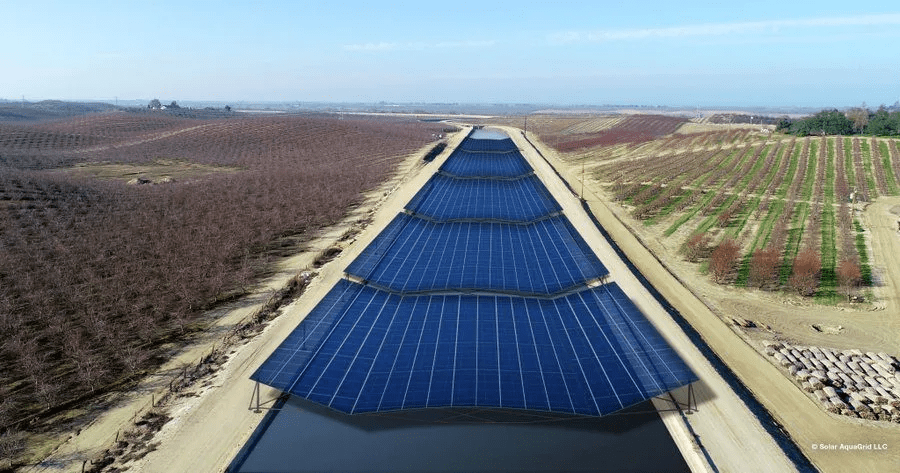Recently, Arizona, California, and Nevada agreed to conserve 3 million acre-feet of water from the Colorado River. 40 million people receive their water supply from the Colorado River. This voluntary conservation effort, close to one-third of the river’s average annual flow, comes in exchange for $1.2 billion from the Biden administration. However, the difficulty lies in deciding how to effectively conserve this water amidst the ongoing “megadrought” in the West.
Many steps have been taken to address the water crisis. Cities in Nevada and Arizona have long banned water-thirsty grass lawns in areas where they serve no practical purpose. Nevada has also imposed size limits on certain swimming pools. California is undertaking an innovative experiment to capture water by managing the intensity of forest fires. By strategically reducing the fuel available to fires through controlled tree cutting, water absorbed by trees can be captured and directed to benefit cities and towns through streams.
In addition, newer technologies that prevent evaporation, such as high-density black plastic shade balls, show promise. California is taking it a step further by covering irrigation canals with solar panels. This approach serves the dual purpose of combating severe droughts and generating cleaner, cheaper renewable energy for the state.
The groundbreaking Project Nexus, spearheaded by Solar AquaGrid in partnership with Citizen Group and the Turlock Irrigation District (TID), involves installing solar panels over three sections of the TID canals in California’s Central Valley. This $20 million project aims to reduce water evaporation while generating renewable energy. If successful, it could become a useful strategy for covering California’s 4,000 miles of canals. 63 billion gallons of water could be saved annually, which is enough to irrigate 50,000 acres of farmland or meet the residential needs of over 2 million people.
Similar Post
India, where the concept of canal-based solar panels originated, has demonstrated additional benefits. These panels not only prevent water evaporation but also reduce the growth of algae and aquatic weeds. For the Turlock Irrigation District, which spends approximately $1 million annually to clear canal systems from weeds, this presents significant cost savings.
The canal project is a collaborative effort involving the state department of water resources, the Turlock Irrigation District, Solar AquaGrid, and the University of California, Merced. The data collected from the pilot project will inform future plans and costs for scaling up the initiative. Beyond water conservation, the solar panels will increase renewable power generation and potentially meet 60% of California’s electricity needs by 2030, aligning with Governor Gavin Newsom’s targets.
An additional advantage of this approach is that it utilizes already disturbed land, the canals, avoiding the need for large tracts of additional land. The successful implementation of the project in Turlock could have far-reaching implications, although other districts may face greater challenges due to longer transmission lines and associated costs.
By running solar panels along the canals, there is no requirement for land purchase, and the permitting process should be faster and easier. Furthermore, the panels offer a higher benefit-to-cost ratio compared to ground-mounted systems. The completion of Project Nexus will contribute crucial insights and pave the way for the potential coverage of all 4,000 miles of public water delivery infrastructure in California. This would save 63 billion gallons of water annually and provide energy savings to residents.
The price-to-benefit ratio will be a determining factor for irrigation districts to expand the project, as costs may be passed on to consumers. Nevertheless, the concept of utilizing canals for water conservation and clean energy production holds great promise in addressing the water crisis and meeting California’s renewable energy targets.


















